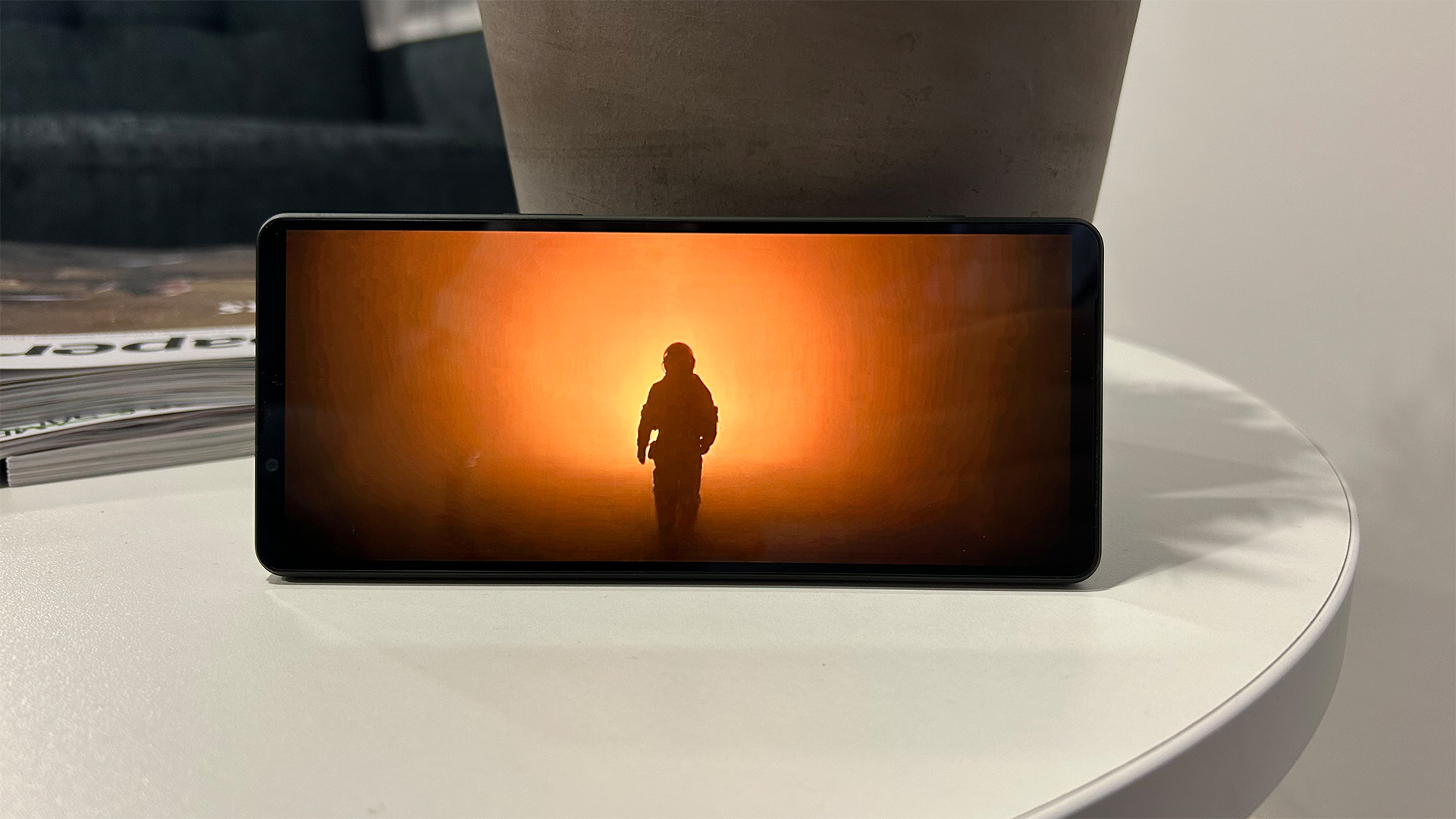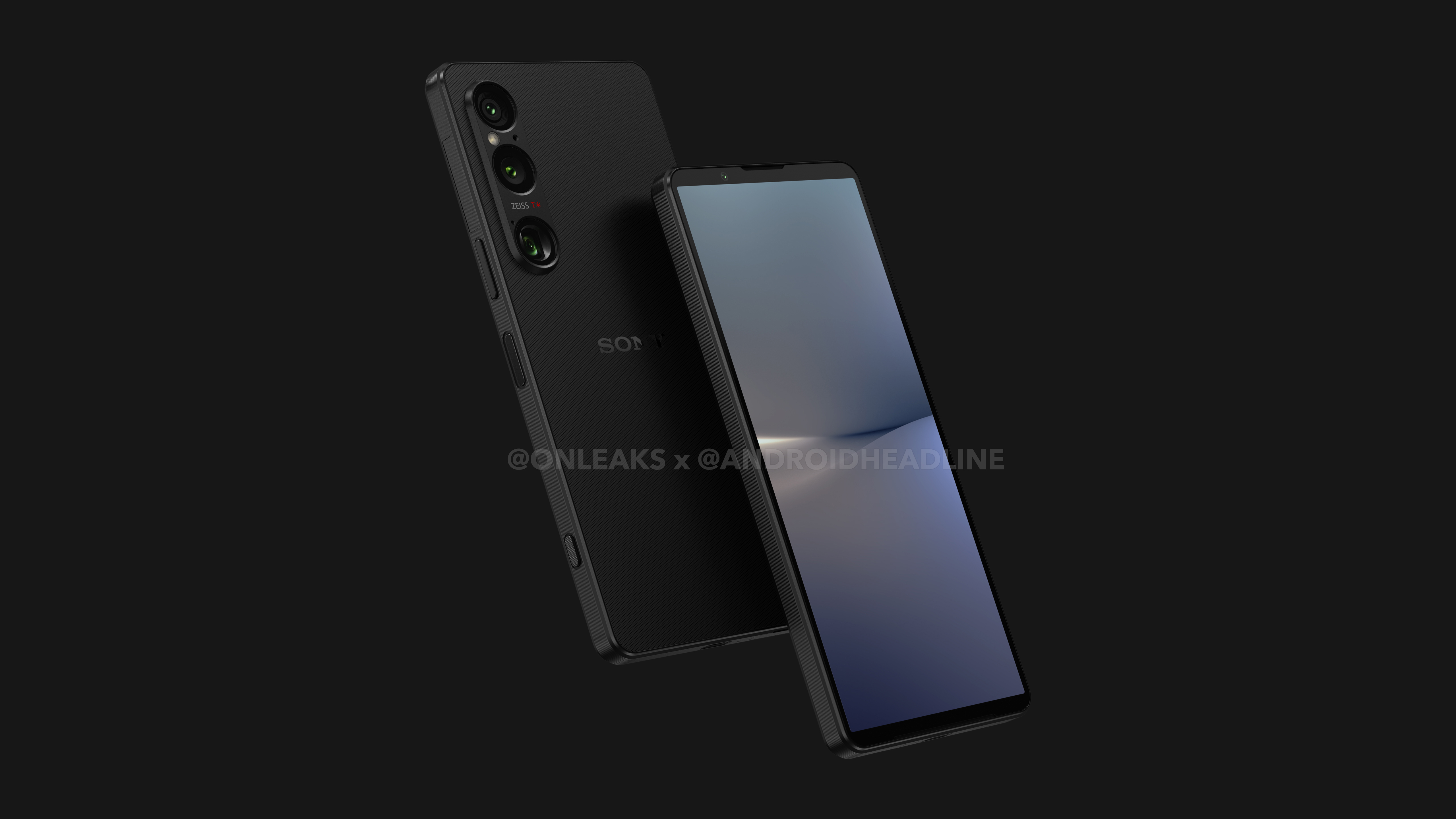
Sony has a pretty stellar track record when it comes to its smartphone reviews here. While they may not be the perfect all-round handsets, the current Xperia range delivers exactly what we look for in our reviews; a top-notch picture and sound experience that's worthy of becoming your portable companion to watch movies and listen to music on.
Thanks to a host of AV-centric features such as the 21:9 aspect ratio, 4K display, impressive sound performance and the Creator Mode screen preset, Sony has delivered a consistent stream of phones that have been genuinely enjoyable portable media players, but its dedication to AV excellence might be faltering, according to a recent bombshell rumour.
If you missed our recent coverage about the potential Xperia 1 VI, then I'll get you up to speed. Sony is reportedly ditching the 21:9 aspect ratio for a more conventional 19.5:1 aspect ratio on its new flagship phone; this aspect ratio has most recently been seen on the Samsung Galaxy S24 Ultra. It's also expected to drop the 4K resolution in favour of a more common Quad HD+ resolution, which a majority of manufacturers such as Samsung, Google and OnePlus use for their respective smartphones.
The good news is that the 3.5mm headphone jack appears to live another day, leaving Sony as one of the very few manufacturers to continue offering this feature after Apple set the standard for ditching it on the iPhone 7 back in 2016. Considering the Xperia line's sonic proficiency up to this point, we're relieved by the early reports that Sony won't be cutting back on features here.
However, back to the screen, the backpedalling of the features that earned the five-star reviews seems counterproductive. Sony's mobile displays are consistently excellent with every model from the entry-level Xperia 10 to the premium Xperia 5 and the flagship Xperia 1, so seeing Sony take a step back at the higher end has me wondering how the rest of the range will be impacted.
The 21:9 aspect ratio can practically only be found on Sony mobiles, the closest thing we have is the 22:9 aspect ratio of the Samsung Galaxy Flip 5. It's seriously effective at eliminating black letterboxing bars on supported content – Rogue One: A Star Wars Story on Disney Plus fills the screen entirely, for example – while the OLED display ensures any letterboxed or pillarboxed content features pitch black bars that don't distract from the content. Losing this unique feature is a blow for watching films on this phone for sure, but it may have upsides elsewhere.

I've used the last two generations of Xperia 1, 5 and 10 smartphones extensively, and from personal experience, I can say that the 21:9 is purely inconvenient for everything but watching content. The awkward aspect ratio makes swiping down from the top of the screen a risky game of hand gymnastics, and the unique ratio can cause havoc with the presentation of some apps. While I appreciate how unique it is and how movies look with this ratio, it might be beneficial to switch to the more conventional ratio for most other tasks. I can also see where Sony is coming from with this move, as the thinking is that it might entice more people to buy its phones too.
However, TV and AV editor Tom Parsons quite rightfully points out that Sony will also be losing a unique selling point with its phones here. We've always struggled to compare the Xperia phones to other handsets on the market due to this unique screen feature, but now we're already drawing comparisons with other handsets from Samsung; could Sony be making its smartphones more generic in a sea of abundant options with this move? It's entirely possible.
On to the other display feature now, its lack of 4K resolution; and I'm going to keep it simple here; I'm not going to miss the 4K resolution. Realistically, 4K playback on video content is extremely limited, with few streaming services offering 4K streaming on mobile. Sony only names YouTube and its own Video Pro recording application when it comes to supported video playback in the highest resolution, with very inconsistent support on the likes of Netflix and Amazon Prime Video. Truthfully, 4K resolution on a screen of this size makes little sense, as the pixel density with Quad HD+ is plenty good enough for delivering details.
However, it's not as cut and dry as that, as Sony's upscaling engine is truly impressive, and I hope that it continues even if 4K on its mobiles doesn't. The enhanced contrast, clarity and colours given to Full HD content via upscaling are thoroughly effective, so if that can be replicated on a slightly lower resolution display then I'll be satisfied. Moreover, this should hopefully reduce the price of the next Xperia 1 handset, although I can't make any promises.
To summarise, the next iteration is guaranteed to be an interesting one, and truthfully these rumours might prove to be false, in which case all of us can breathe a sigh of relief. But if these speculations do end up being true, then we can at least take solace in knowing that general useability will be improved.
MORE:
Read our full Sony Xperia 1 V review
And check out our picks for the best smartphones







